Evaluation of family health history collection
VerifiedAdded on 2022/08/16
|5
|1034
|14
AI Summary
Evaluate the Health History and Medical Information for Mr. C., presented below. Based on this information, formulate a conclusion based on your evaluation, and complete the Critical Thinking Essay assignment, as instructed below. Health History and Medical Information Health History Mr. C., a 32-year-old single male, is seeking information at the outpatient center regarding possible bariatric surgery for his obesity. He currently works at a catalog telephone center. He reports that he has always been heavy, even as a small child, gaining approximately 100 pounds in the last 2-3 years. Previous medical evaluations have not indicated any metabolic diseases, but he says he has sleep apnea and high blood pressure, which he tries to control by restricting dietary sodium. Mr. C. reports increasing shortness of breath with activity, swollen ankles, and pruritus over the last 6 months. Objective Data: Height: 68 inches; weight 134.5 kg BP: 172/98, HR 88, RR 26 3+ pitting edema bilatera
Contribute Materials
Your contribution can guide someone’s learning journey. Share your
documents today.
1 out of 5
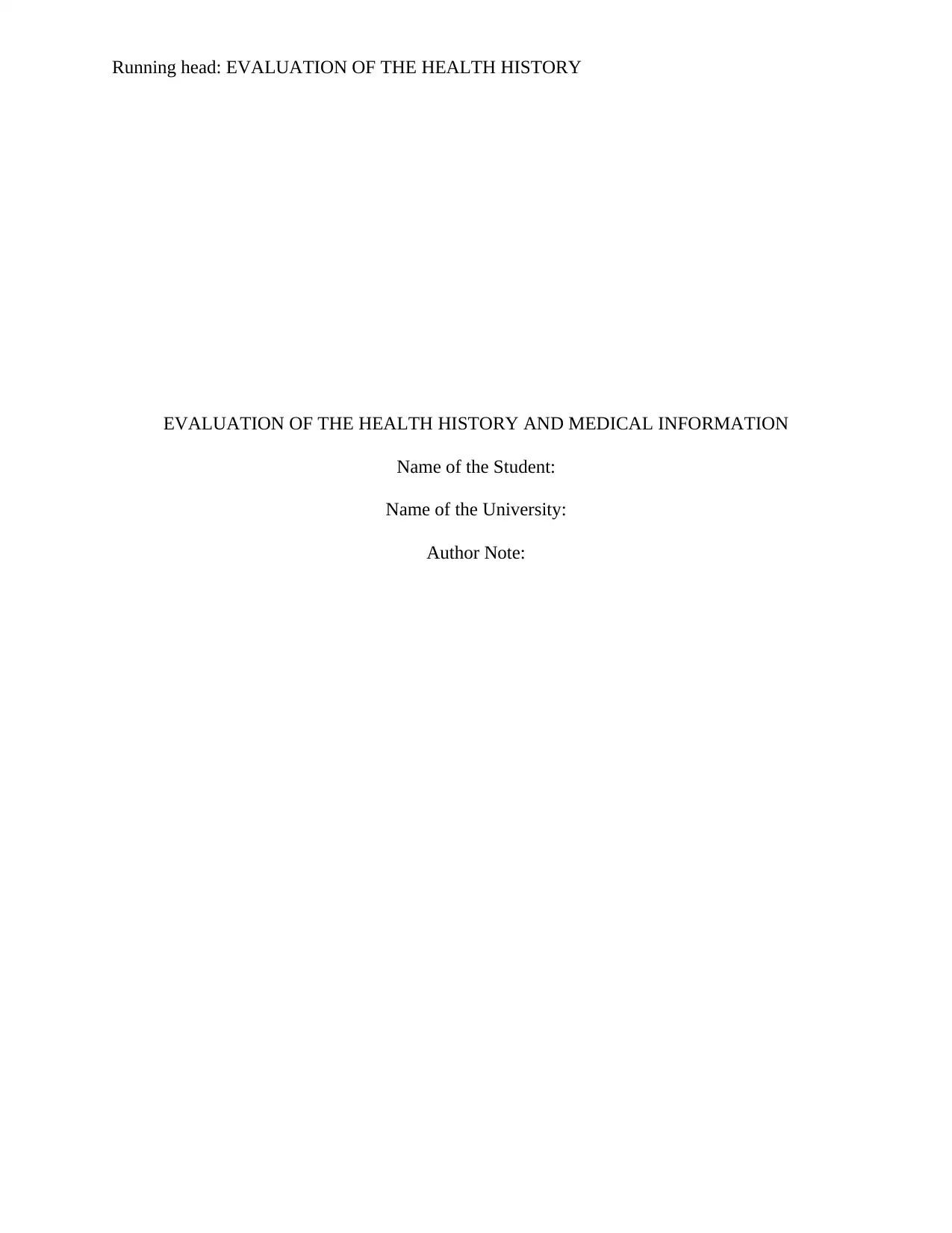
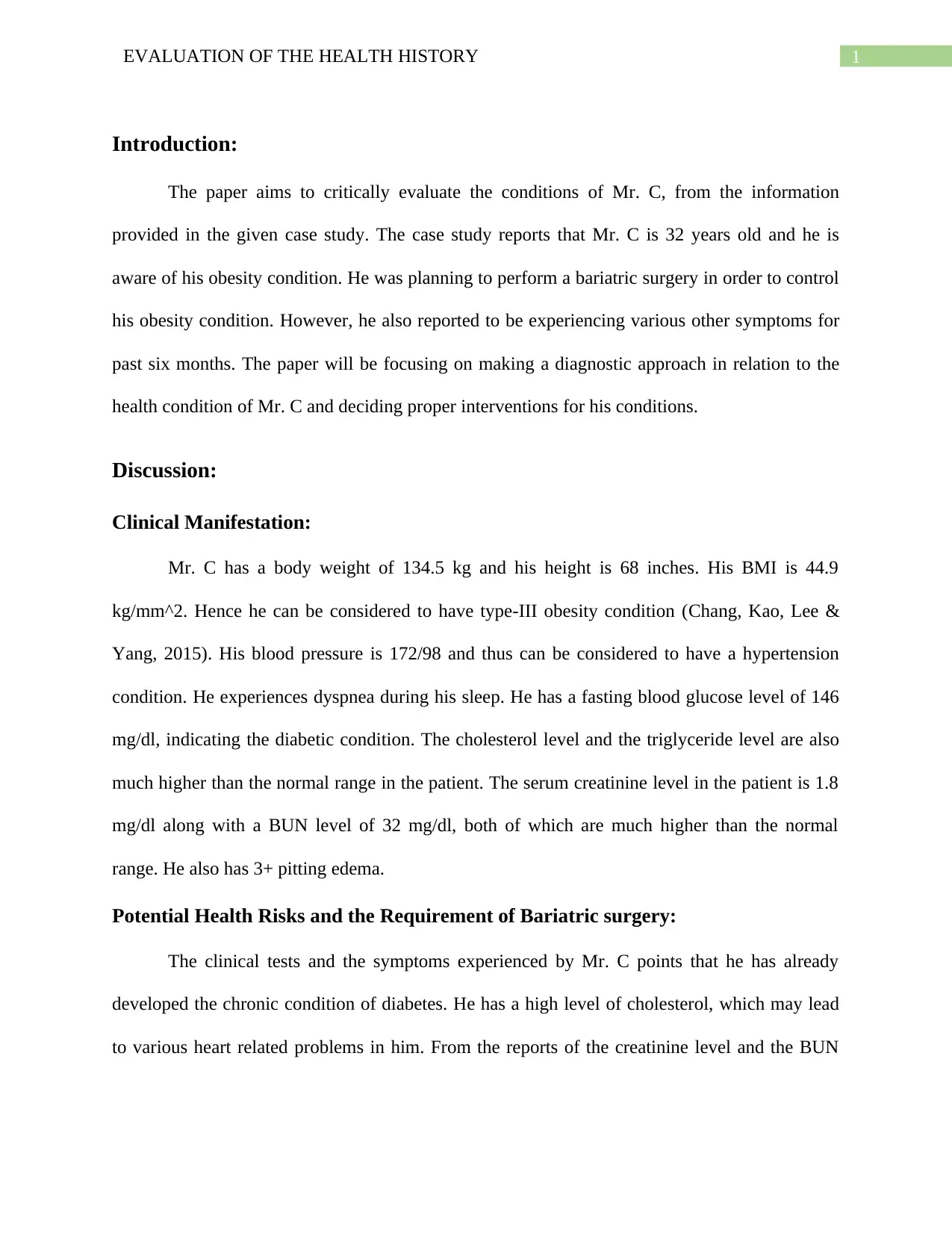
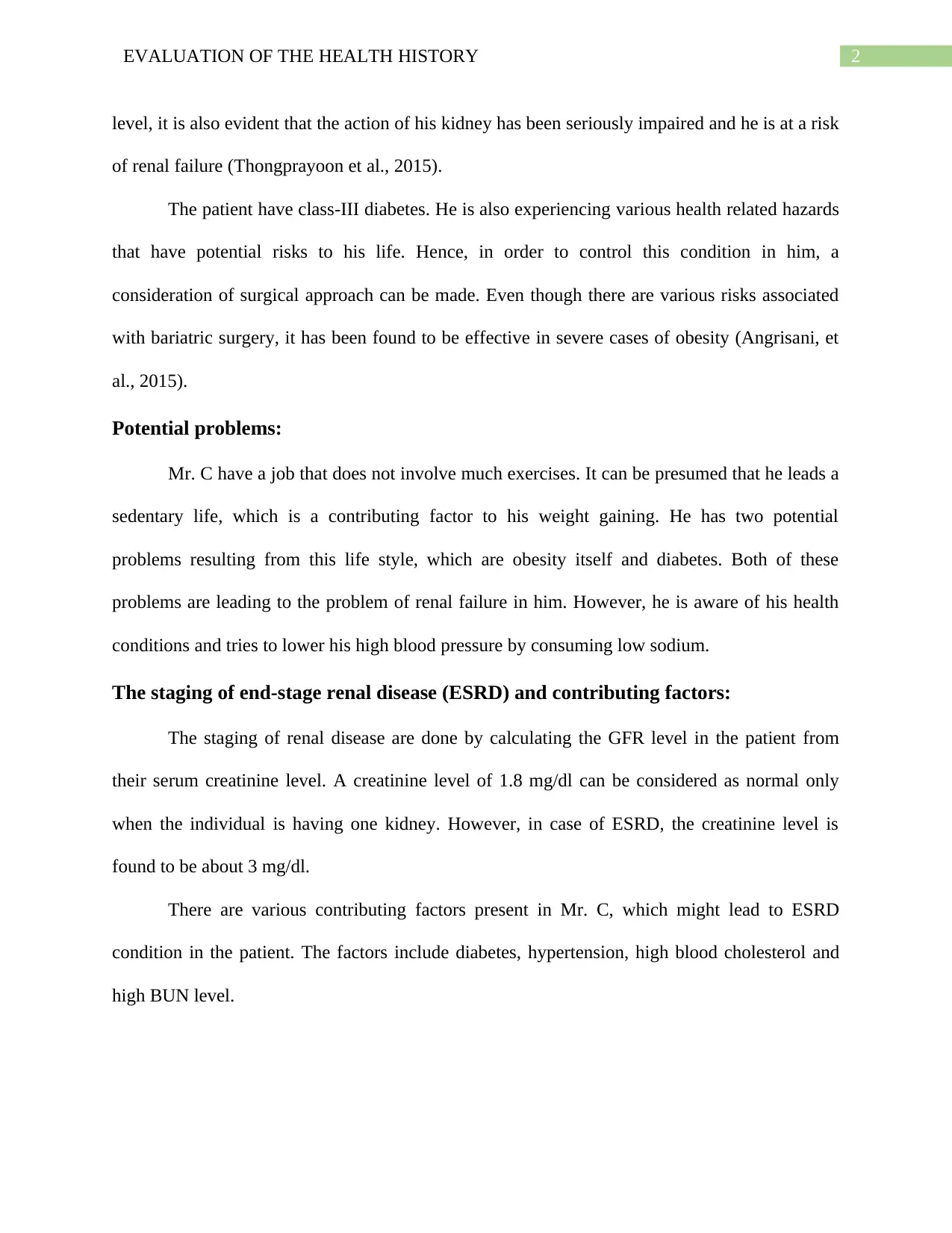
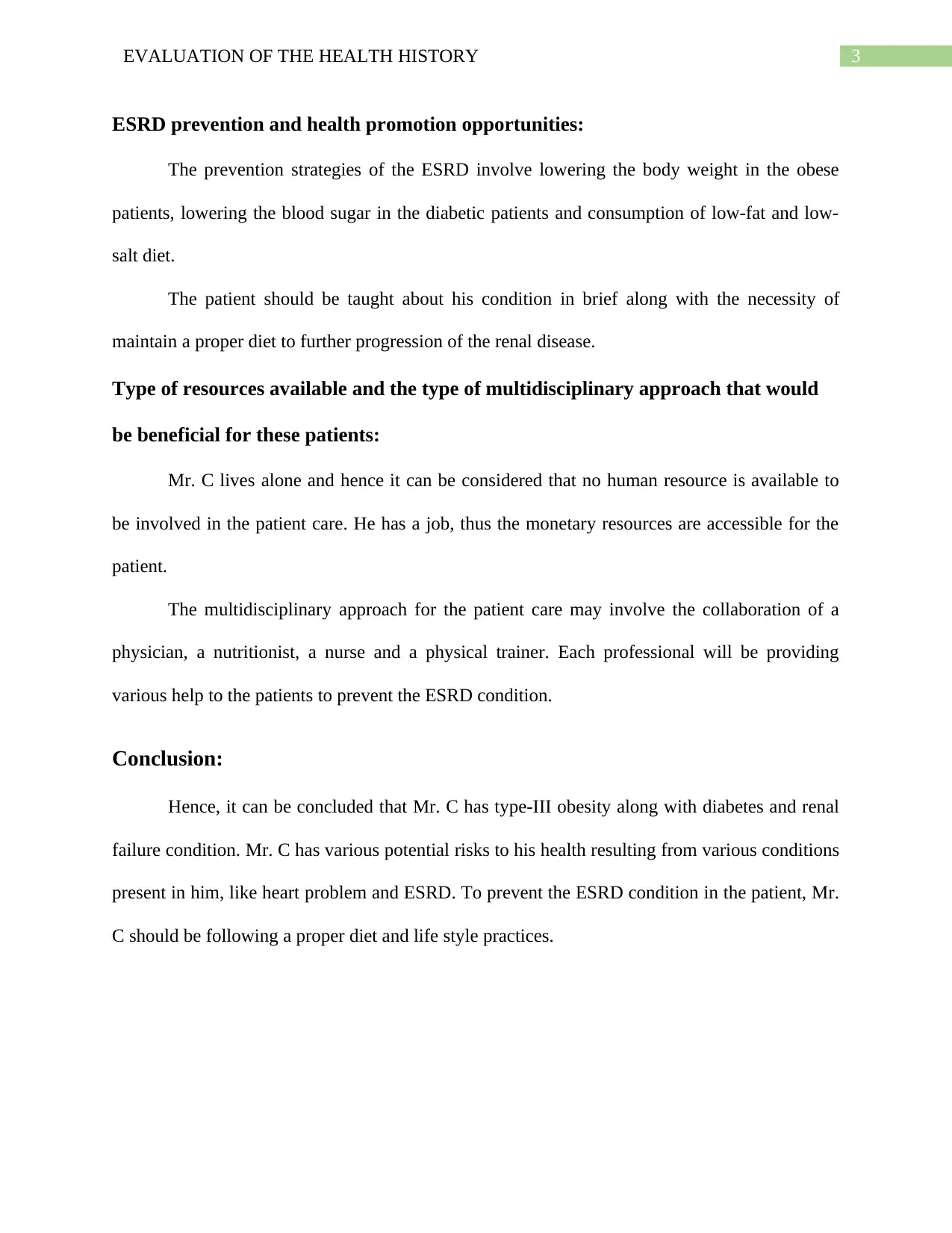
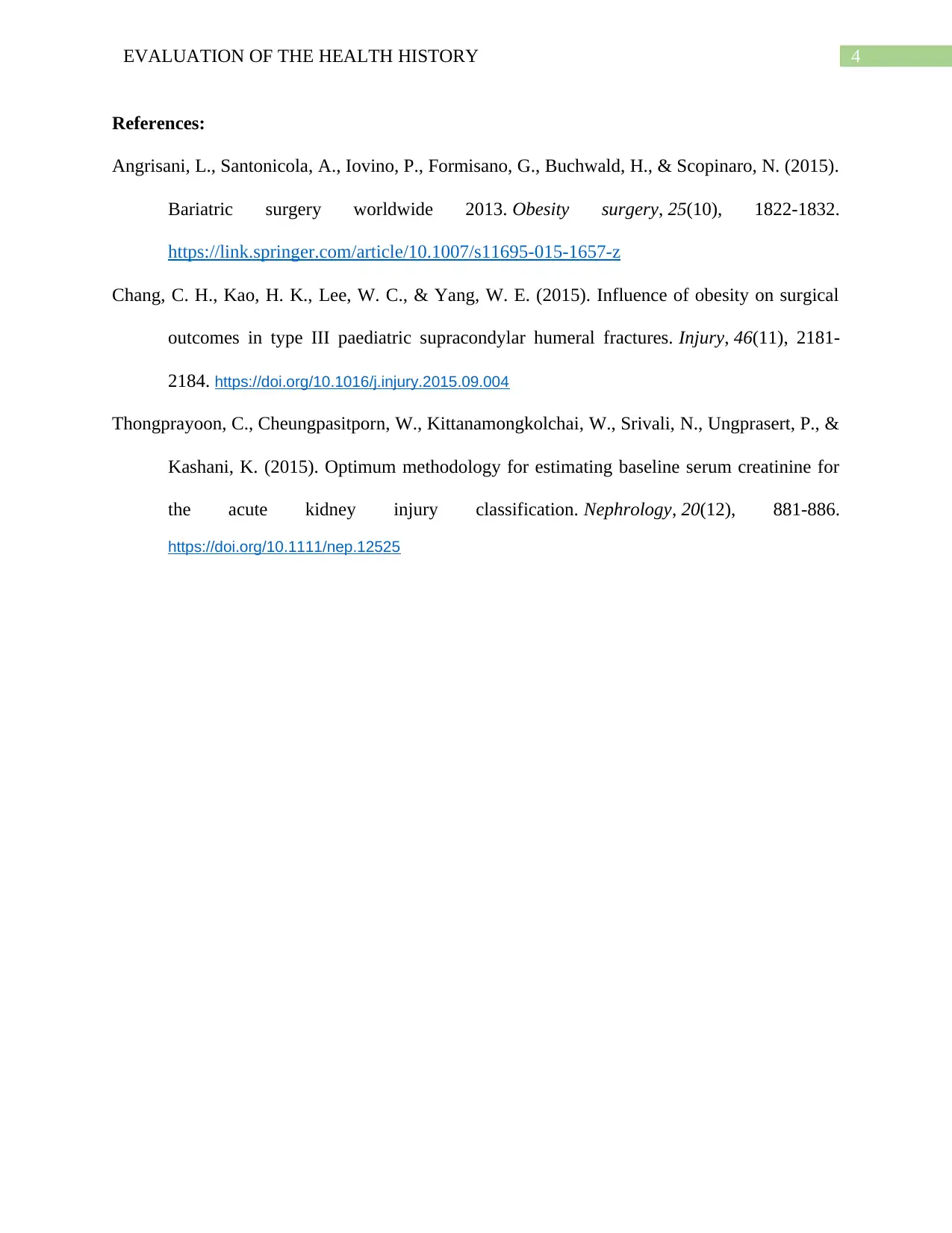






![[object Object]](/_next/static/media/star-bottom.7253800d.svg)